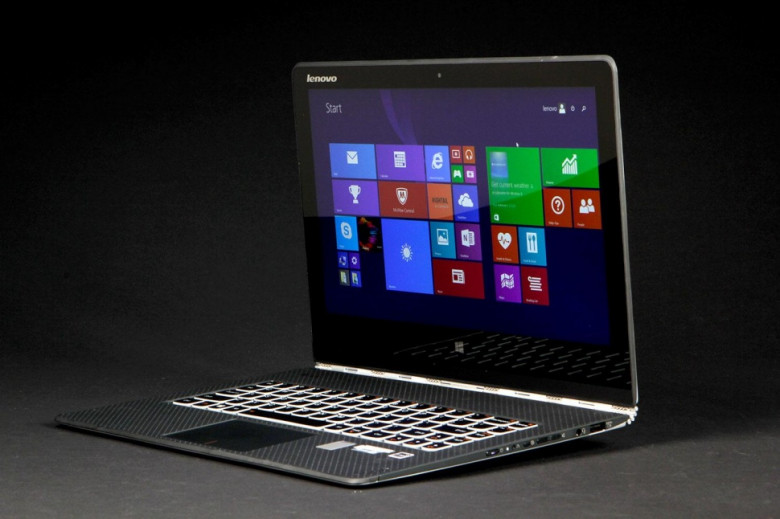Has clock speed outlived its usefulness as a processor specification?
There was once a time when a processor ran at a single, set clock speed. It ran at that speed all day, every day, unless it was purposely over or under-clocked by a user. In this simpler time there was no question what you’d receive when you bought a CPU. A 1GHz chip ran at 1GHz, end of story.
Today, though, the story is more complex. Intel introduced Turbo Boost, a dynamic, automatic over-clocking feature, in 2008, and it’s become more and more common since. Most processors sold today change their clock speed based on power draw and thermal headroom.
That’s great for efficiency. It ensures a chip doesn’t need to run at a higher clock than required for a particular task, greatly reducing power draw and heat at idle and near-idle states. But it also means that performance isn’t as straightforward. Varying cooling solutions can impact the performance of a system.









































































